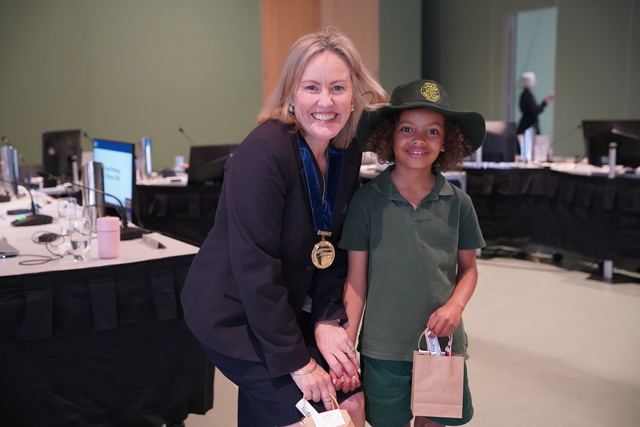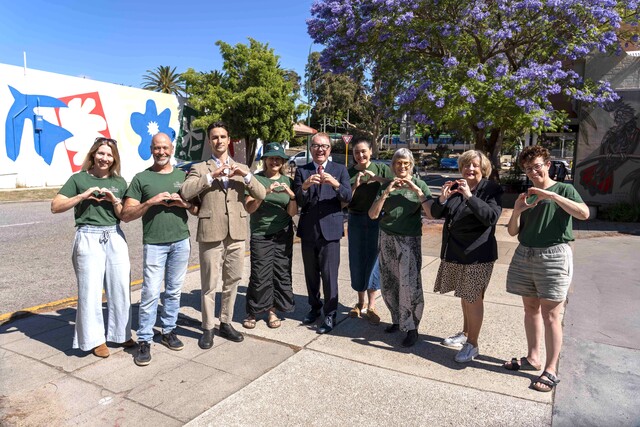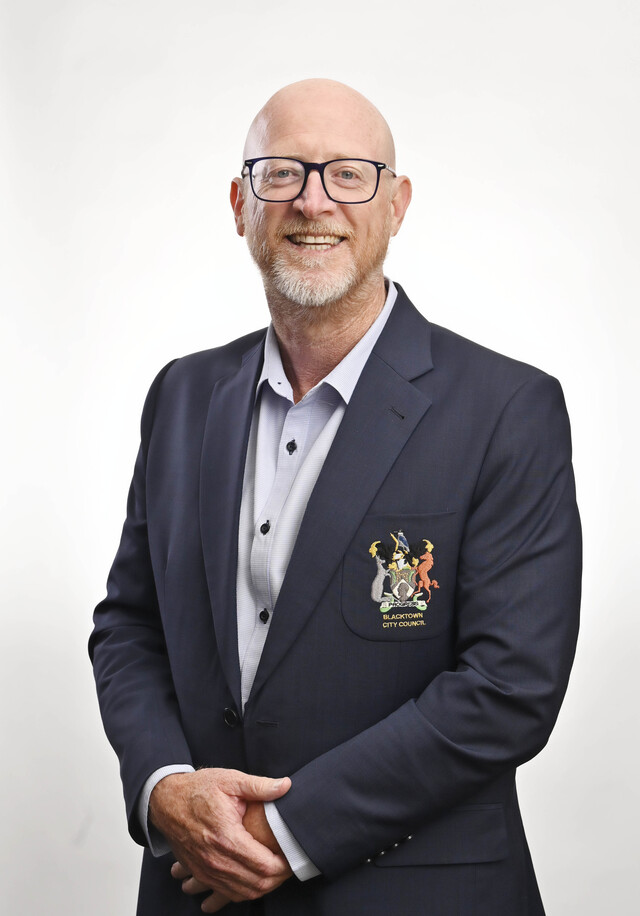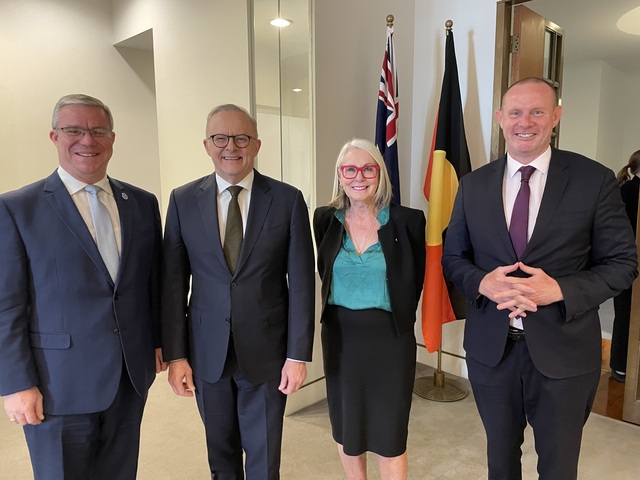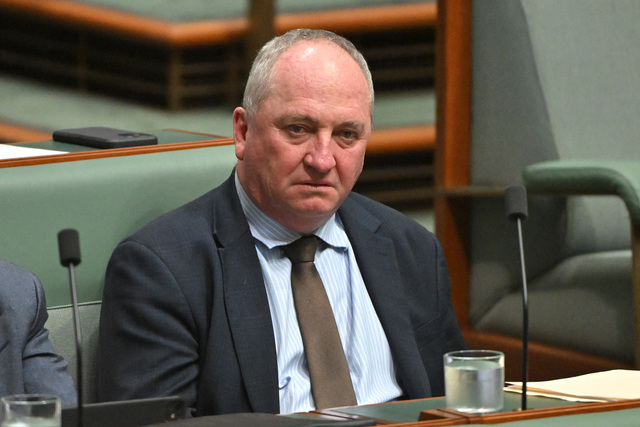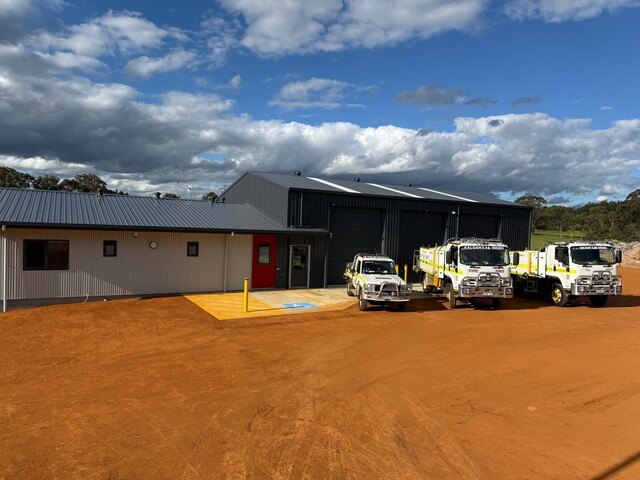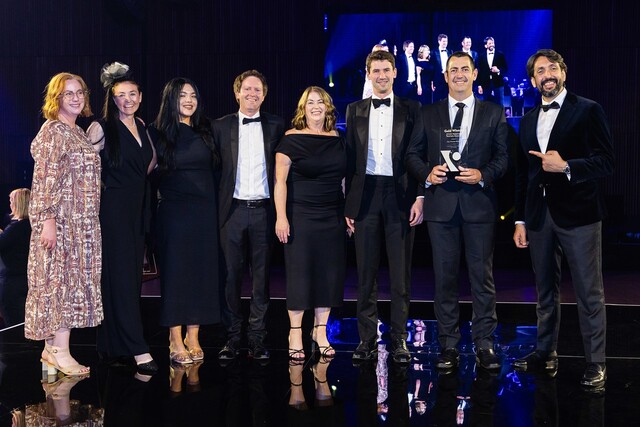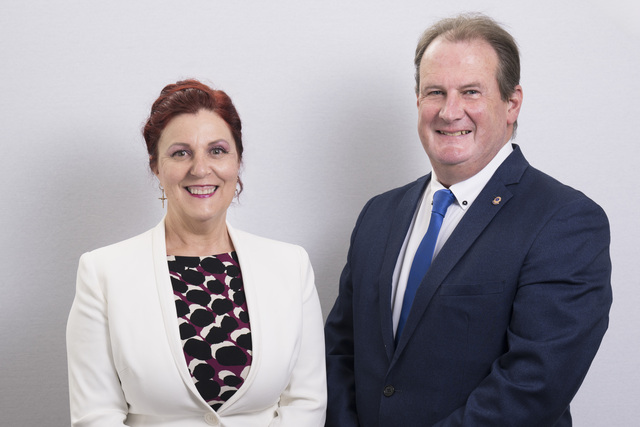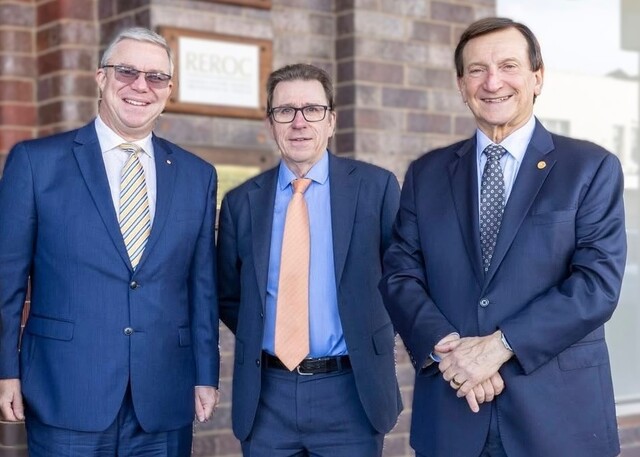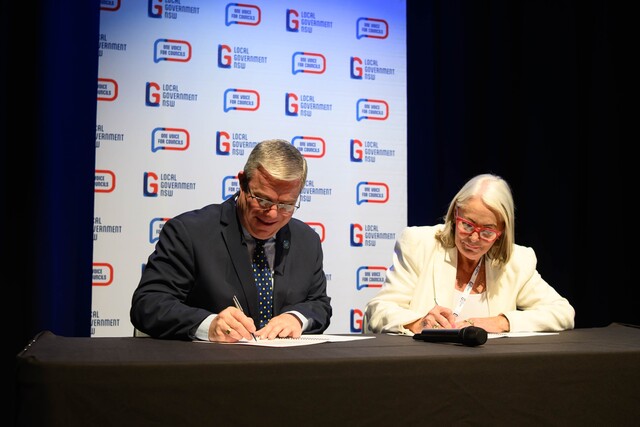For many years, the focus for procurement has been squarely on efficiency: helping the organisation by securing key goods and services more cheaply, quickly, easily and with the most convenience.
But organisational survival and sustainability also depend on ensuring that you can cope when things don’t go according to plan.
Risk mitigation has become a core focus in sustainable procurement, and professional buyers are increasingly tasked with ensuring not just the quality of supply but, importantly, continuity.
In a competitive supplier marketplace, it is becoming harder to pick dependable winners. Business failure is unfortunately becoming more common, requiring procurement professionals to add another dimension to their tender evaluations – supplier solvency.
Ideally, organisations should check out their suppliers before awarding contracts. Unless your organisation has a dedicated inhouse forensic accounting team, it is almost impossible to determine the financial viability of potential suppliers.
Even if you can, conducting such assessments “in-house” brings an additional set of risks. So, it makes good sense to use external resources to conduct financial due diligence – either through self-access credit reporting databases, or by using specialist advisers in the case of higher value, more risky contracts.
And the need for supplier monitoring does not stop when the contract is awarded. On the contrary, if it’s an important supplier, you need to keep a close eye to ensure that they remain capable of meeting your needs.
TenderLink is the only Australian procurement solutions provider which can offer integrated supplier intelligence through its parent company, illion.
We are seeing more clients augmenting their e-procurement activities with risk assessments from illion. They use illion’s solutions to run the ruler over potential suppliers – either before accepting bids or during the evaluation process. And by integrating these financial checks within our evaluation module, buyers are able to accurately quantify risk, while also ensuring transparency and probity.
To ensure sustainability and continuity, we would recommend that the following risk mitigation tools be part of every procurement programme:
1. Conducting financial due diligence, before contract award.
For high risk/value projects, illion offers a range of in-depth financial viability assessment reports.
2. Having the most current data on existing suppliers.
Business risk is not set and forget. Business conditions change and it’s important to keep an eye out for suppliers in trouble – those no longer trading or having their ABN cancelled.
3. Understanding who you are doing business with.
To fully understand your risk, you need to look closely at your suppliers – at their corporate structure, profile and relationships.
4. Understanding how your suppliers are trading.
By combining risk of failure and late payment reporting, illion helps to identify which of your suppliers are doing well, and which are not.
5. Ongoing monitoring of key suppliers.
It is crucial to keep a close eye on suppliers, but especially those on whom you rely. This requires access to dynamic databases and sophisticated analytics which can be used to anticipate problems before others spot them and they become a problem for you.
Procurement professionals have never been better prepared to understand and address business risk and ensure their organisation’s sustainability. With sophisticated tools and up-to-date market intelligence now easily available, there’s no excuse for any lack of preparation.
Rob Cook is Marketing Manager of TenderLink (tenderlink.com), one of Australasia’s largest web-based procurement solutions providers.
*Copy supplied by TenderLink

